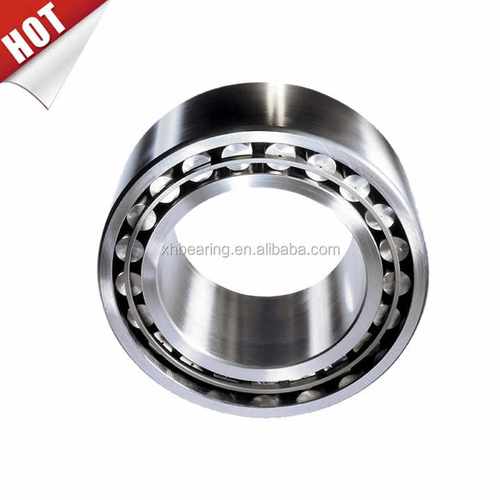SKF Bearings Size Chart: Comprehensive Guide, Dimensions, and Selection Tips
SKF bearings size charts are essential tools for engineers and maintenance professionals to identify compatible components in machinery. This guide explains how to interpret SKF bearing dimensions, decode numbering systems, and select the right size for industrial applications while ensuring optimal performance.
Table of Contents
1. SKF bearing dimensions2. SKF bearing size guide
3. SKF bearing measurement chart
4. SKF bearing size conversion
5. SKF bearing codes
1. SKF Bearing Dimensions

SKF bearing dimensions follow ISO standards, specifying inner diameter (d), outer diameter (D), and width (B). The inner diameter is calculated by multiplying the last two digits of the bearing code by 5. For example, a 6205 bearing has a 25mm inner diameter (05×5). Outer diameter and width vary by series: 6000 series typically ranges from 10mm to 150mm. Always cross-reference with official SKF catalogs or use digital calipers for precision measurements in critical applications.
2. SKF Bearing Size Guide
SKF's size categorization system uses numbered series to indicate bearing types and dimensions. Deep groove ball bearings fall under the 6000-6400 series, while angular contact bearings use 7000-7900 codes. The third digit indicates the width series: 0 (extra narrow) to 4 (extra wide). Metric tapered roller bearings follow 30200/30300 numbering. Download SKF's mobile app for instant size conversion between inch and metric systems, particularly useful when replacing legacy equipment components.
3. SKF Bearing Measurement Chart
Professional measurement requires three tools: micrometer (accuracy ±0.001mm), vernier caliper, and bore gauge. Create a measurement chart documenting d/D/B tolerances: Normal class bearings allow -0.008mm to 0.015mm variation. For high-speed applications (over 10,000 RPM), use P6 class bearings with tighter tolerances (±0.005mm). Record measurements in both cold (20°C) and operational temperatures, as steel expands approximately 11µm per °C per meter.
4. SKF Bearing Size Conversion
Convert between metric and imperial systems using these formulas: 1 inch = 25.4mm. Common conversions: 1"≈6205 (25mm), 1.5"≈6308 (40mm). For tapered roller bearings, use the Timken-SKF cross-reference chart. Special cases: Inch-series bearings (R series) have direct imperial measurements – R168 bearing has 1.6875" ID. Always verify load ratings when converting sizes, as equivalent dimensions don't guarantee matching dynamic capacity.
5. SKF Bearing Codes
SKF's alphanumeric coding system reveals critical specs: Prefixes indicate special features (W – stainless steel, C – polymer cage). Basic designation: 6304-2RS1 – 6 (single row deep groove), 3 (medium width), 04 (20mm ID), 2RS1 (rubber seals). Suffixes denote internal clearance (C3 – greater than normal), cage type (M – brass), or lubrication (VT357 – food-grade grease). Master this coding to quickly identify replacement bearings without technical drawings.
Understanding SKF bearing dimensions, measurement techniques, and coding systems ensures proper equipment maintenance. Whether you're converting imperial to metric sizes or selecting bearings for high-speed operations, this guide provides actionable data. The following sections detail specific applications – from decoding complex bearing numbers to implementing precision measurement protocols in your facility.
This comprehensive guide equips technicians with vital SKF bearing selection knowledge. By mastering size charts, measurement standards, and coding conventions, you can optimize machinery performance, reduce downtime, and make informed purchasing decisions. Always consult SKF engineering manuals for mission-critical applications.




 13869596835
13869596835